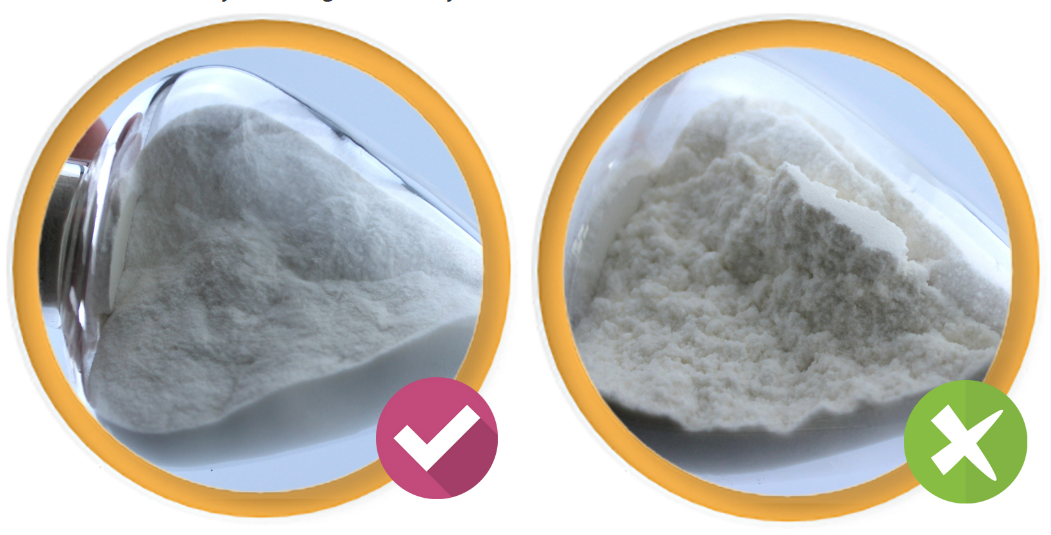
Dec . 03, 2024 18:04 Back to list
HPMC Applications in Gypsum Plaster for Enhanced Performance and Durability
HPMC for Gypsum Plaster Enhancing Performance and Workability
Hydroxypropyl Methylcellulose (HPMC) is a versatile cellulose ether that has made significant strides in the construction industry. Primarily used as an additive in gypsum plaster, HPMC enhances various properties of the plaster, including workability, water retention, and strength. This article explores the benefits and applications of HPMC in gypsum plaster, thus highlighting its importance in modern construction practices.
Gypsum plaster, composed primarily of gypsum powder, is a popular material for interior wall finishes and ceilings. Its rapid setting time and ease of application make it a go-to choice for builders and decorators. However, without the right additives, gypsum plaster can face issues such as cracking, poor adhesion, or insufficient workability. This is where HPMC comes into play as a transformative agent.
HPMC for Gypsum Plaster Enhancing Performance and Workability
Another critical property of HPMC is its water retention capability. Gypsum plaster tends to dry quickly, which can lead to problems such as cracking and reduced adhesion to surfaces. HPMC acts as a water-retaining agent, ensuring that the plaster maintains sufficient moisture for a more extended period. This extended working time allows builders to achieve a better finish and ensures that the plaster cures properly. The result is a stronger and more durable plaster that can withstand the rigors of everyday use.
hpmc for gypsum plaster

Moreover, HPMC also aids in enhancing the adhesion properties of gypsum plaster. Good adhesion is essential for ensuring that the plaster remains firmly in place once applied. By incorporating HPMC into the mixture, the bonding capability of the plaster is significantly improved. This is particularly important in areas subjected to moisture, as poor adhesion can lead to peeling or flaking over time.
The thermal and mechanical stability of gypsum plaster can also benefit from the inclusion of HPMC. The cellulose ether can enhance the flexibility of the plaster, making it less prone to cracking under stress. This flexibility is especially vital in climates where temperature fluctuations can cause materials to expand and contract. HPMC aids in maintaining the integrity of the plaster, ensuring that it holds up against various environmental conditions.
In addition to enhancing performance, HPMC also contributes to the sustainability of construction materials. As a biodegradable substance derived from natural sources, HPMC is an environmentally friendly additive. Its use in gypsum plaster aligns with the growing movement towards sustainable building materials, helping to minimize the environmental impact of construction processes.
The application of HPMC in gypsum plaster is straightforward. It can be easily mixed in at various stages of the plaster preparation, depending on the desired properties. Builders can adjust the concentration of HPMC to either increase workability or modify other characteristics as required by the specific job.
In summary, Hydroxypropyl Methylcellulose (HPMC) plays a crucial role in enhancing the performance of gypsum plaster in modern construction. By improving workability, water retention, adhesion, and flexibility, HPMC ensures that gypsum plaster performs optimally under various conditions. Moreover, its eco-friendly nature aligns with the construction industry's push towards sustainability. As the demand for high-quality building materials continues to rise, the use of additives like HPMC will remain essential in the development of reliable and efficient construction solutions. Whether in residential, commercial, or industrial applications, the benefits of HPMC in gypsum plaster undoubtedly make it a valuable asset for builders and developers alike.
-
Versatile Hpmc Uses in Different Industries
NewsJun.19,2025
-
Redispersible Powder's Role in Enhancing Durability of Construction Products
NewsJun.19,2025
-
Hydroxyethyl Cellulose Applications Driving Green Industrial Processes
NewsJun.19,2025
-
Exploring Different Redispersible Polymer Powder
NewsJun.19,2025
-
Choosing the Right Mortar Bonding Agent
NewsJun.19,2025
-
Applications and Significance of China Hpmc in Modern Industries
NewsJun.19,2025







